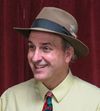A Photographer in Butchertown
A discovered trove of photographs from the early 20th century leads to a bicycle mechanic in the Butchertown section of San Francisco's Bay View/Hunter's Point neighborhood.

By Woody LaBounty
In February 2006, an intriguing collection of 300 photographs from the turn of the twentieth century came up for auction on eBay. I was part of a group of history-minded friends who were wowed by shots of the Cliff House, Ocean Beach, the old Ingleside racetrack, bicycle races, and views of fires from the 1906 earthquake consuming the city.
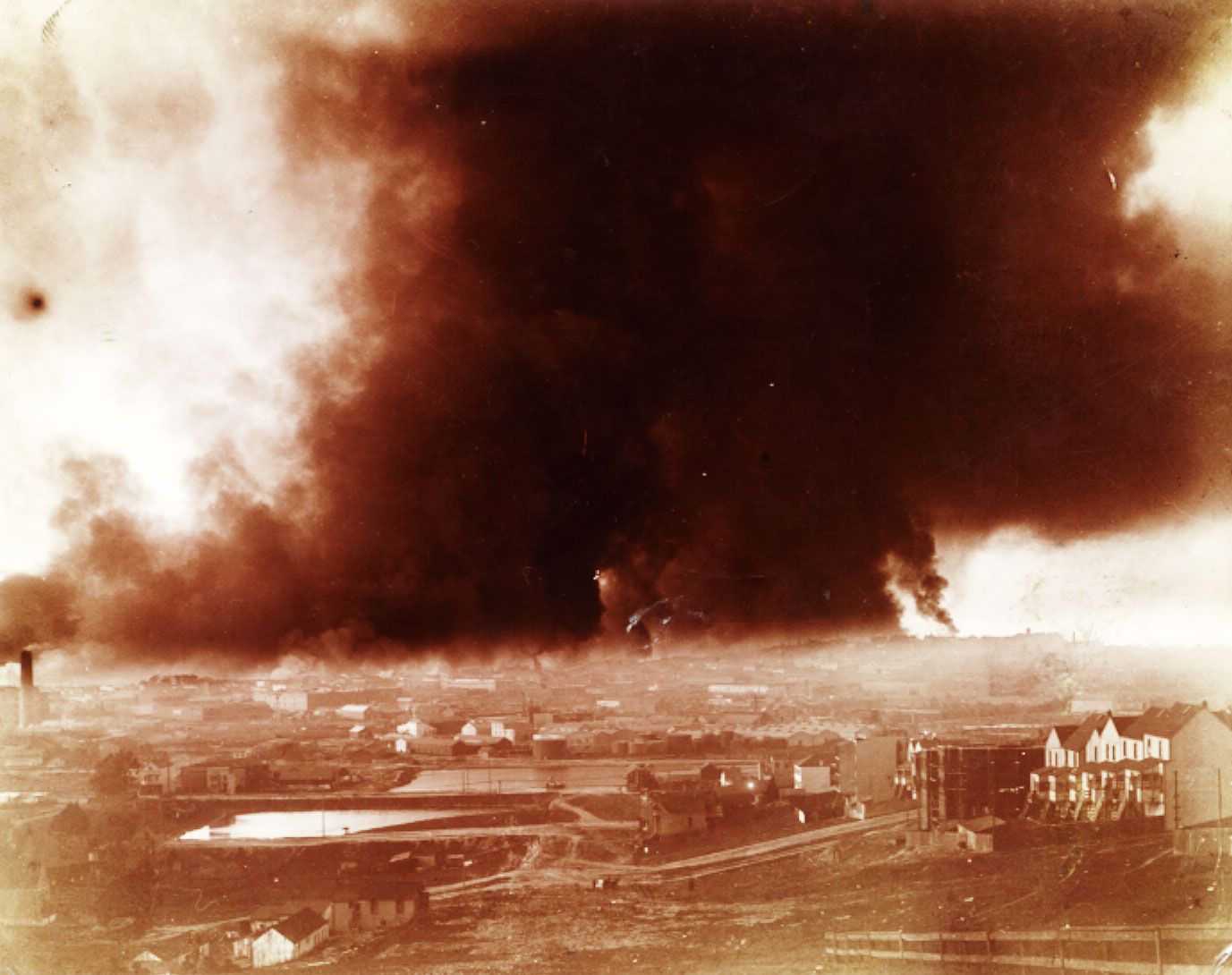
Even more remarkable to us jaded connoisseurs of San Francisco historical images were early twentieth-century photographs of a part of the city almost wholly undocumented by camera of the time: the streets and shorelines around Butchertown beside India Basin.
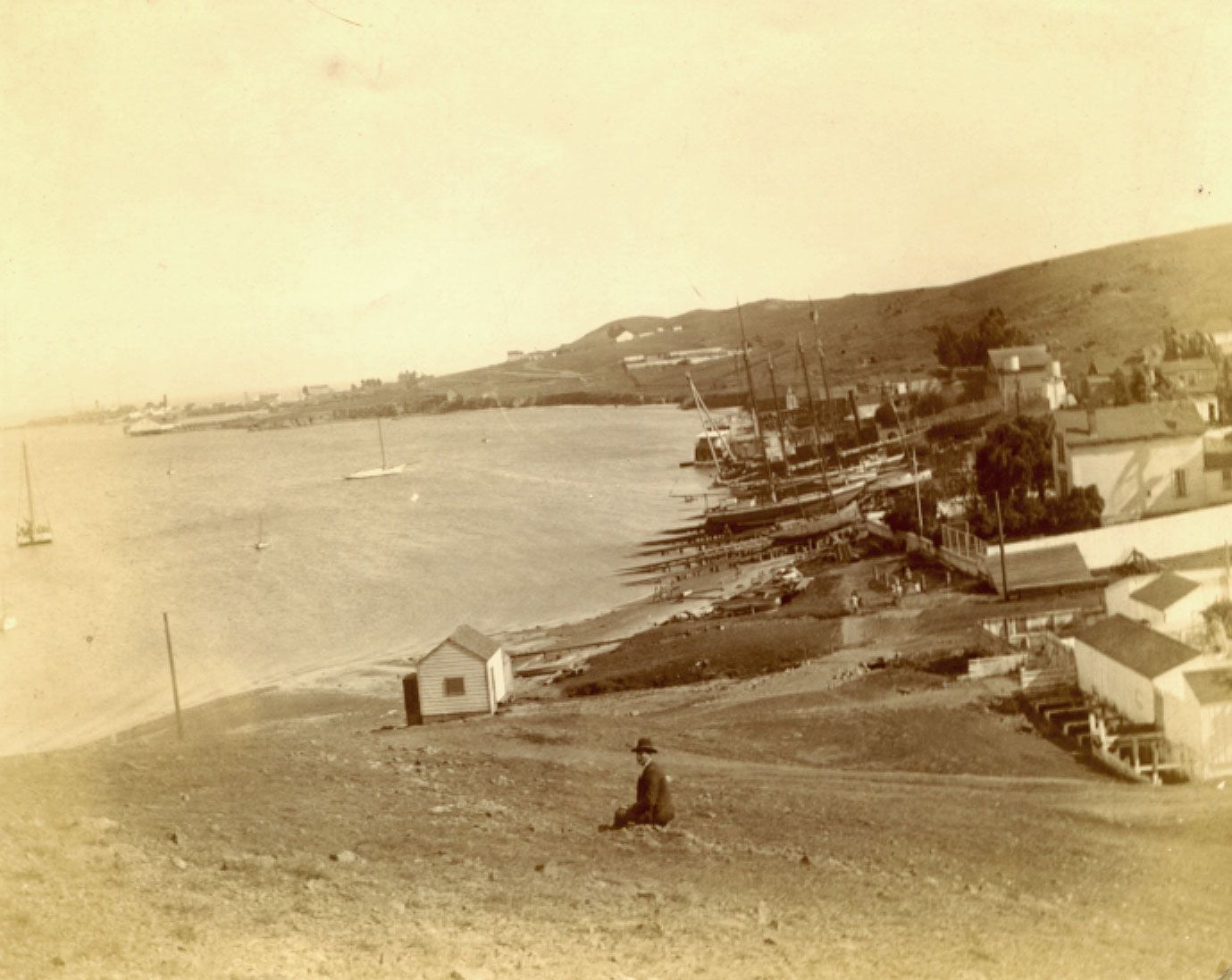
From the late 1860s into the mid twentieth century, Butchertown was the reservation where the city’s slaughterhouses, glue factories, and tanneries did their bloody work along Islais Creek and the bay.
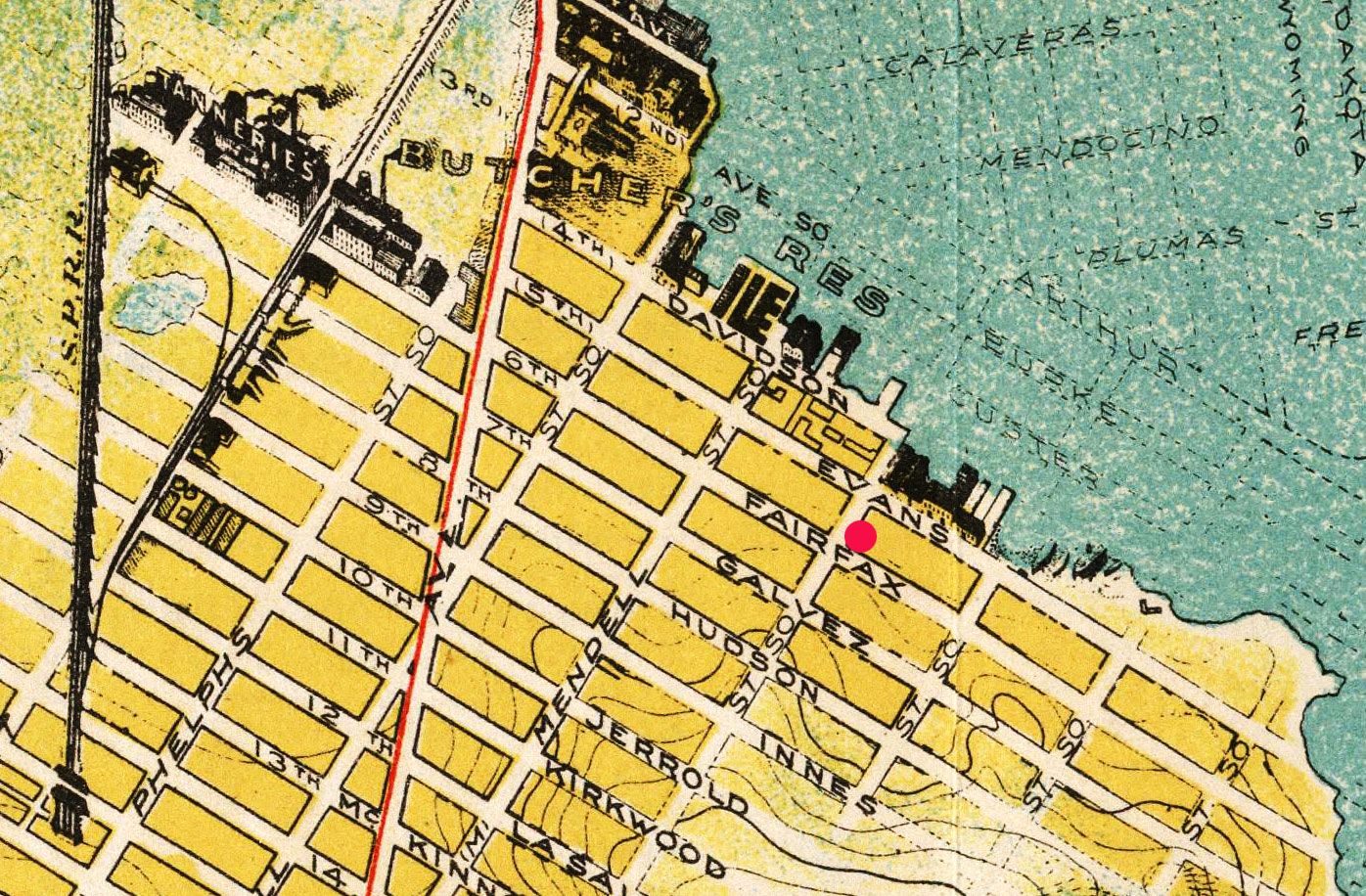
It was a stretch, but our group pooled our money to win an album and collection of loose photographs for the sum of $4,100. (Images of the 1906 earthquake and fire bring out the bidders.)
The eBay seller didn’t know much about the photographer or his life, but luckily the collection had now landed with a group of history sleuths. Some photos displayed the name George F. Lengeman with “Photographer” stamped on the back, while others added the line “bicycles and repairs.” Detective work on buildings and landscapes of some of the photographs gave further clues on the Lengeman family, including a number of images of a grocery and hardware store emblazoned with the street signs “6th Ave. South” and “L Street South.”
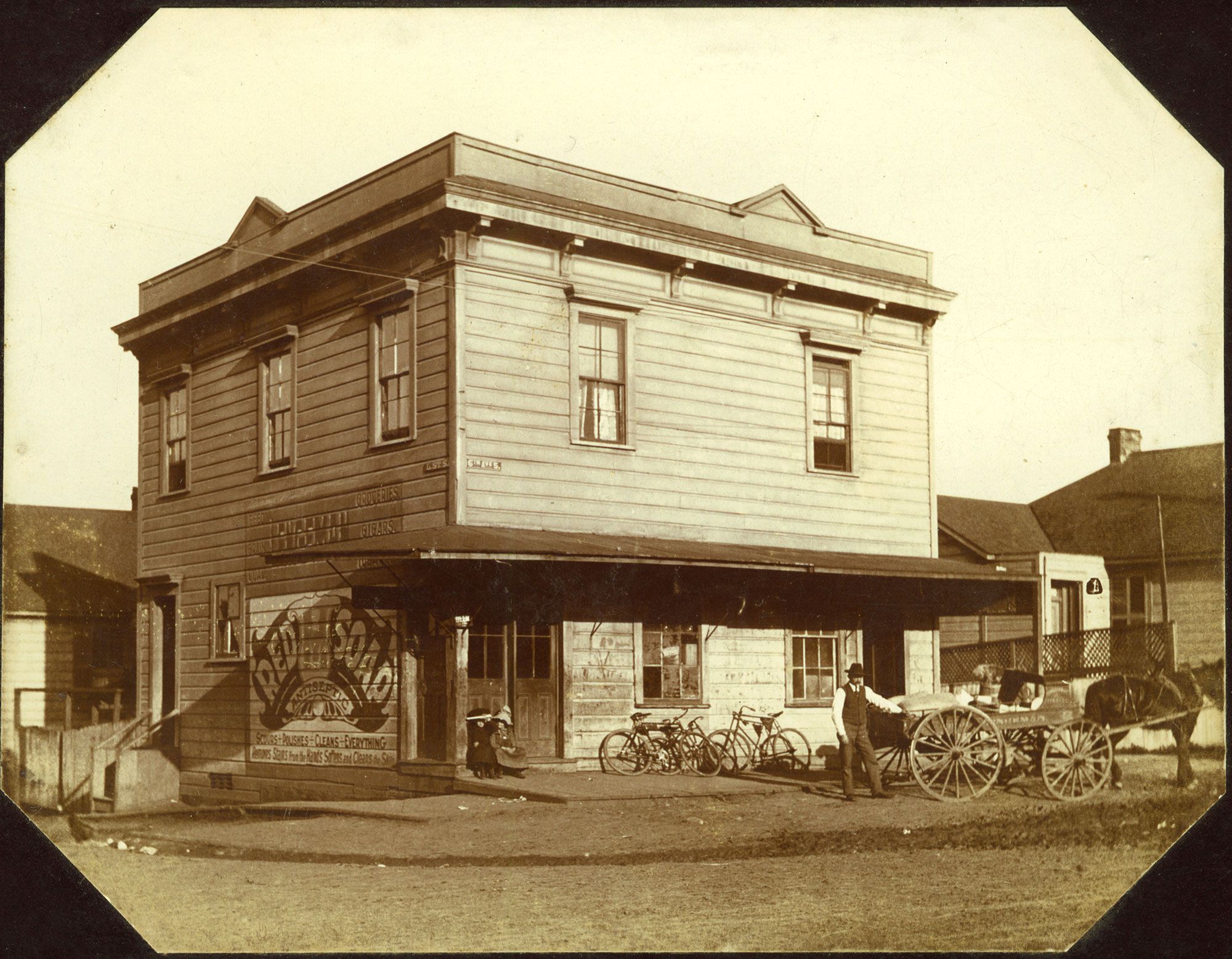
That intersection became Fairfax Avenue and Lane Street after a broad renaming of San Francisco streets in 1909. Redevelopment of the India Basin neighborhood and the creation of the Youngblood-Coleman Playground eradicated the crossroads altogether in the 1970s. The former site of the Lengeman store is roughly mid-block on Fairfax Avenue southeast of Mendell Street, aligned with the right field line of the playground's baseball field.
There were at least four Lengeman brothers, sons of a couple who emigrated from Germany to Napa County, California. In the 1890s, three of the siblings moved to the southeast corner of San Francisco. Herman worked in one of the shipyards. Charles opened the grocery and hardware store that stood on today’s Fairfax Avenue. George was formerly a regional technician and salesman for Singer sewing machines before moving into bicycle repair and sales. His house was on Galvez Avenue, just a block from the grocery. By 1901, he was on the San Francisco Cycling Board of Trade. His interest in tinkering and machines may have led him into photography.
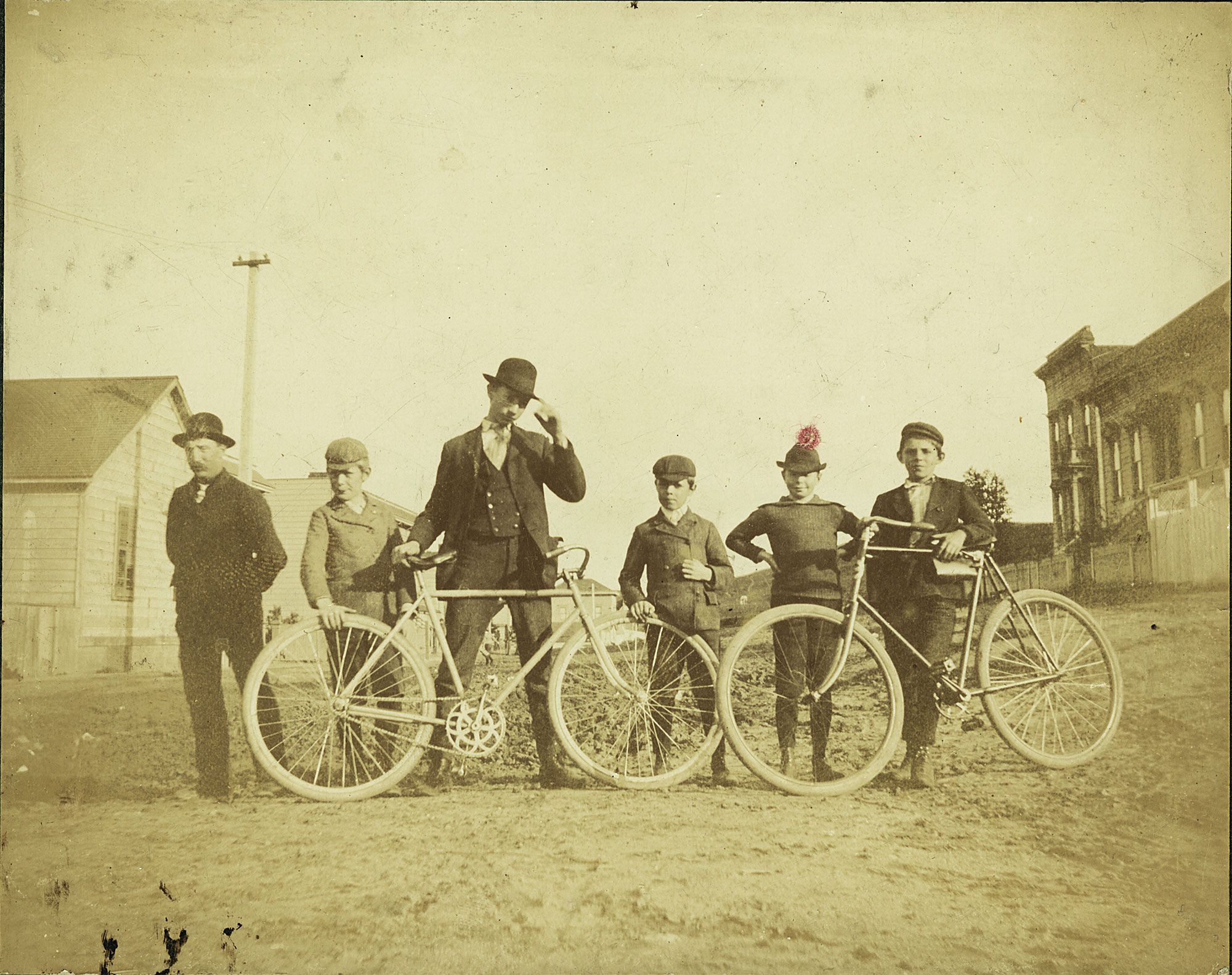
When the Lengemans came to Butchertown, the bay was a lot closer, lapping up just a block to the northeast, where today the massive United States Postal Service center stands on Evans Street. A sweeping panorama shot in the collection looks across the Islais Creek basin to Potrero Point and the Union Iron Works in the distance. Butchertown is in the foreground. Fertilizer and glue factories, tanneries, cottages, and the Lengeman store (marked by me with a red arrow) are all visible from the grassy slope that today leads up to Hilltop Park.

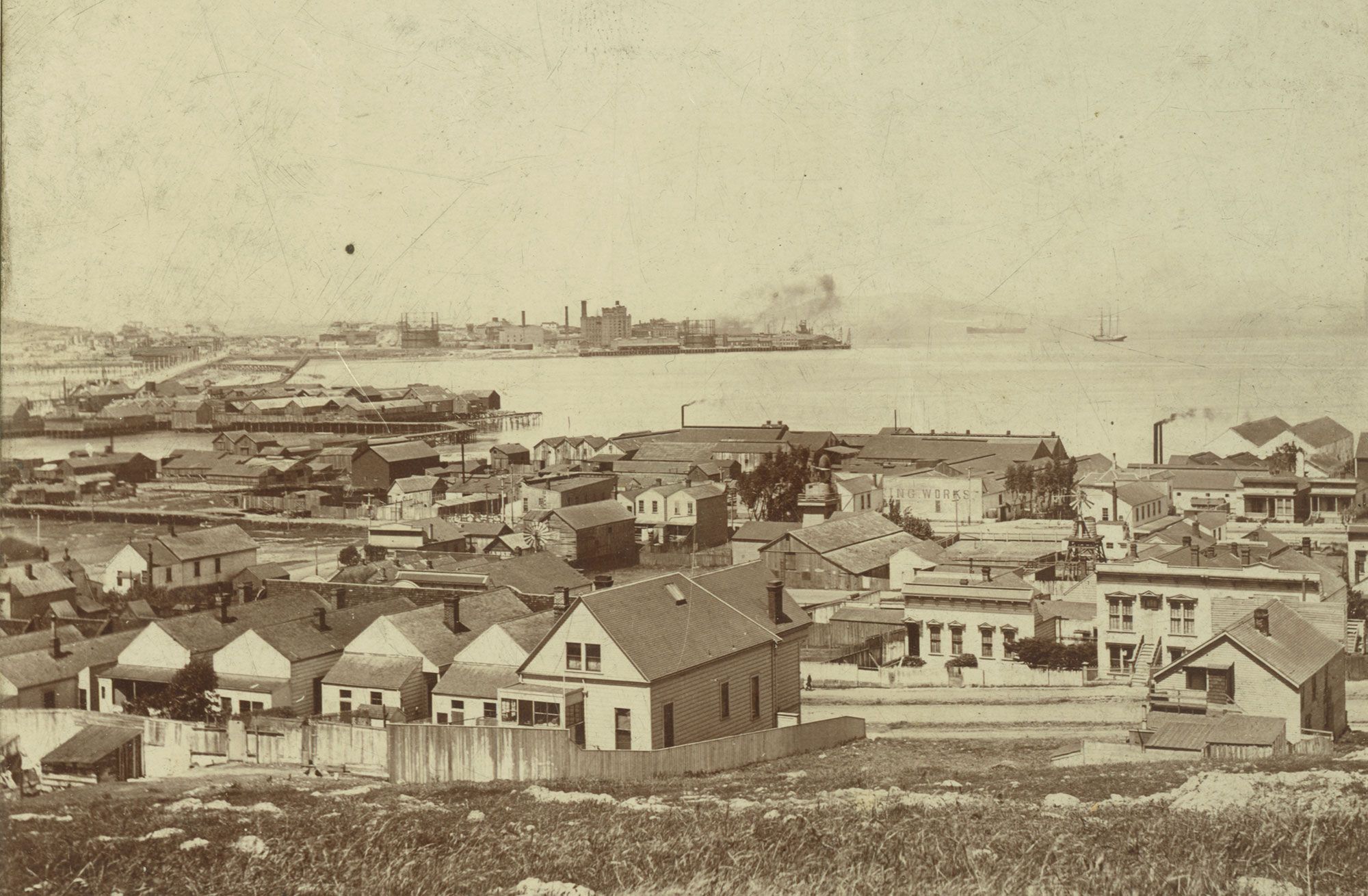
George Lengeman died in 1925 at the age of 59. His brothers, Herman and Charles, enjoyed long lives, with Charles passing away in 1956 at 92 years old and still at his store. His obituary claimed he lived alone with “a dog, two cats, a hive of bees, and fifty chickens.” His only listed survivor was his niece, the daughter of his photographer brother, George. Fifty years later, Lengeman's photographs ended up with an eBay seller in Fremont, California.
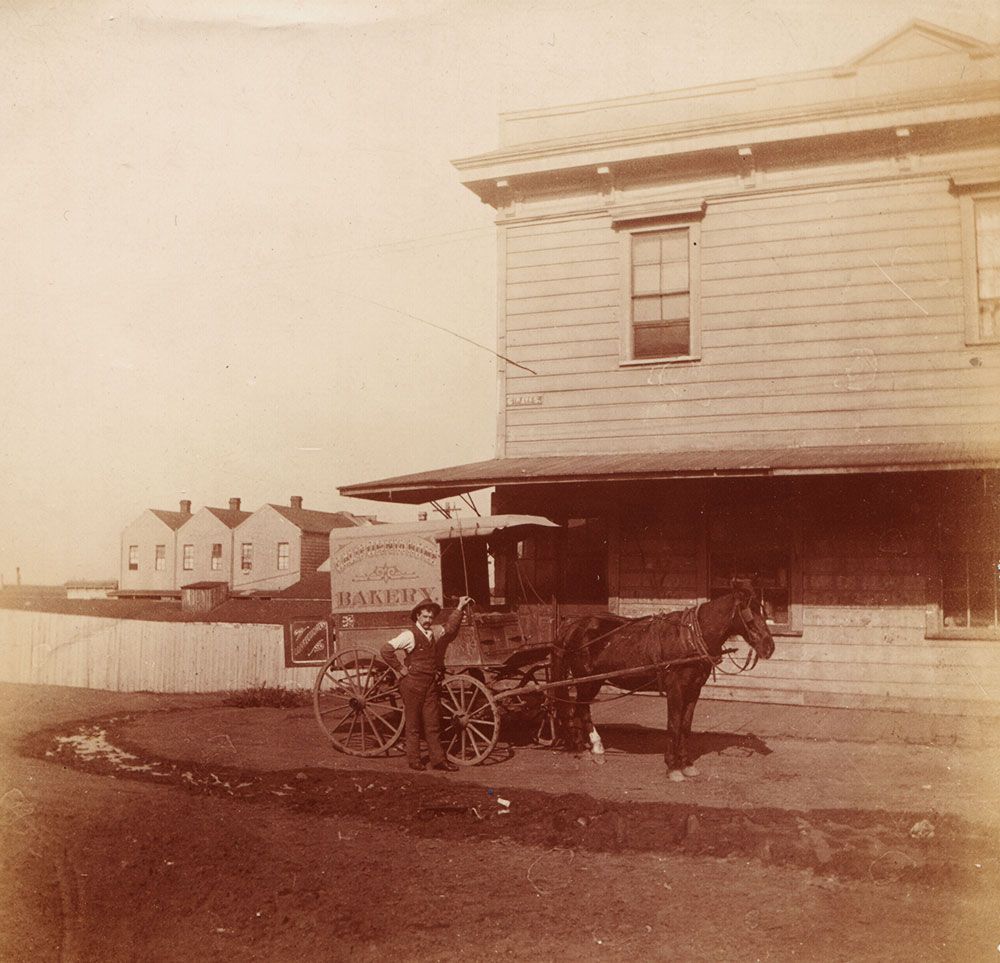
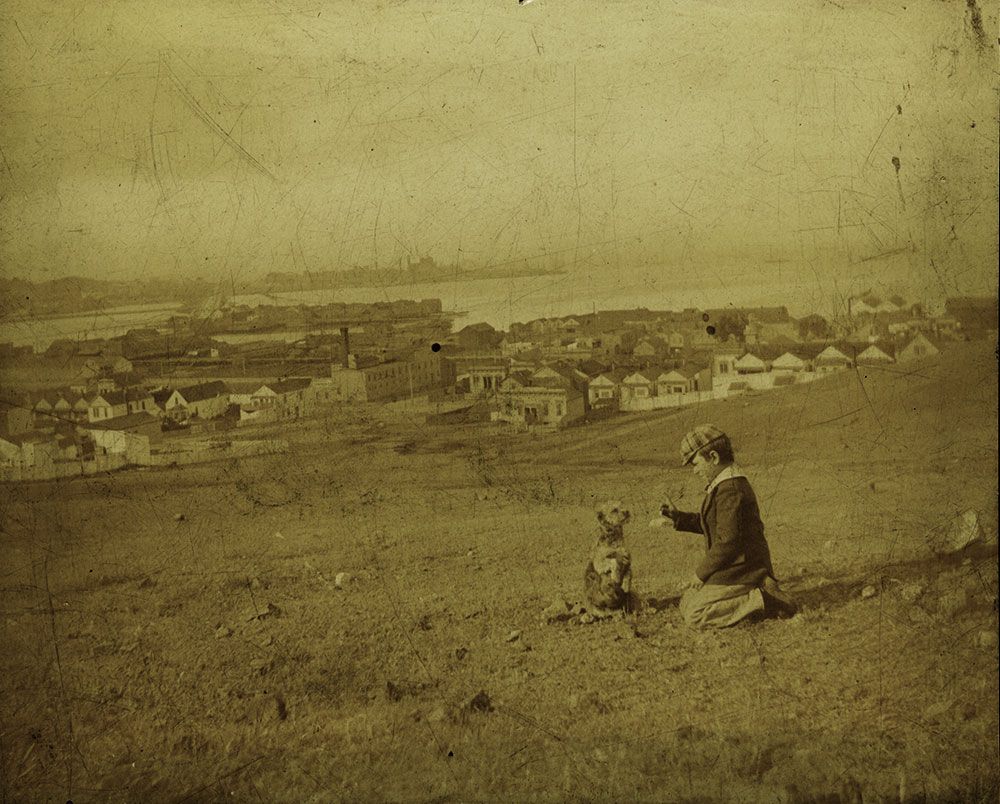
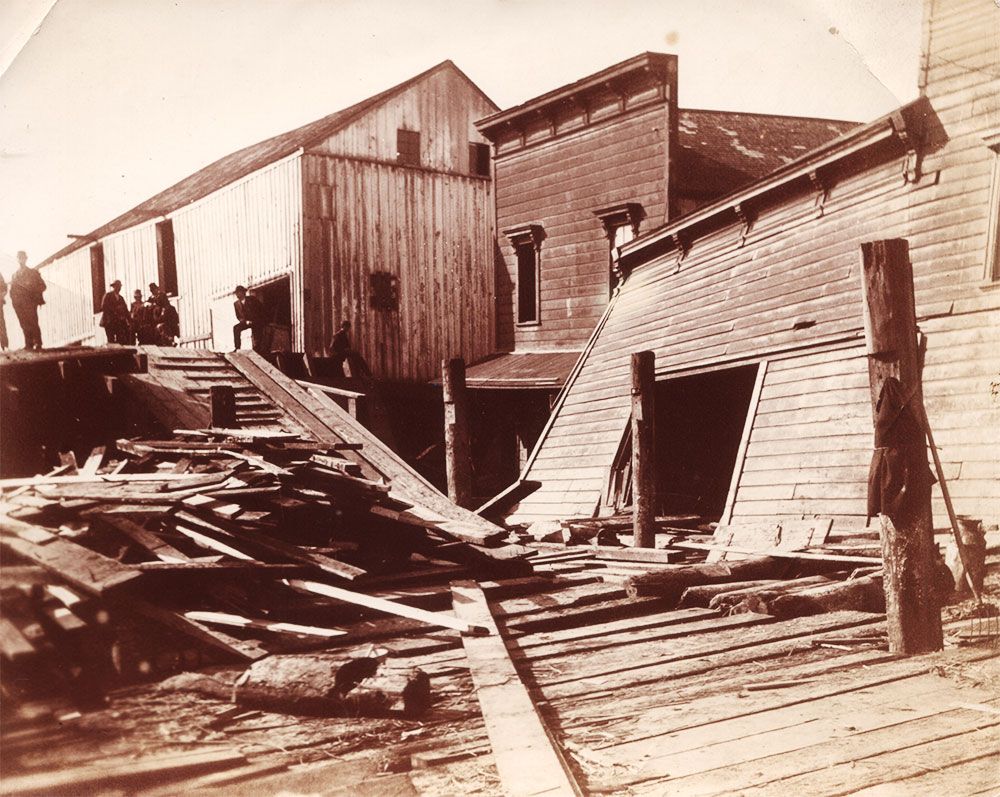
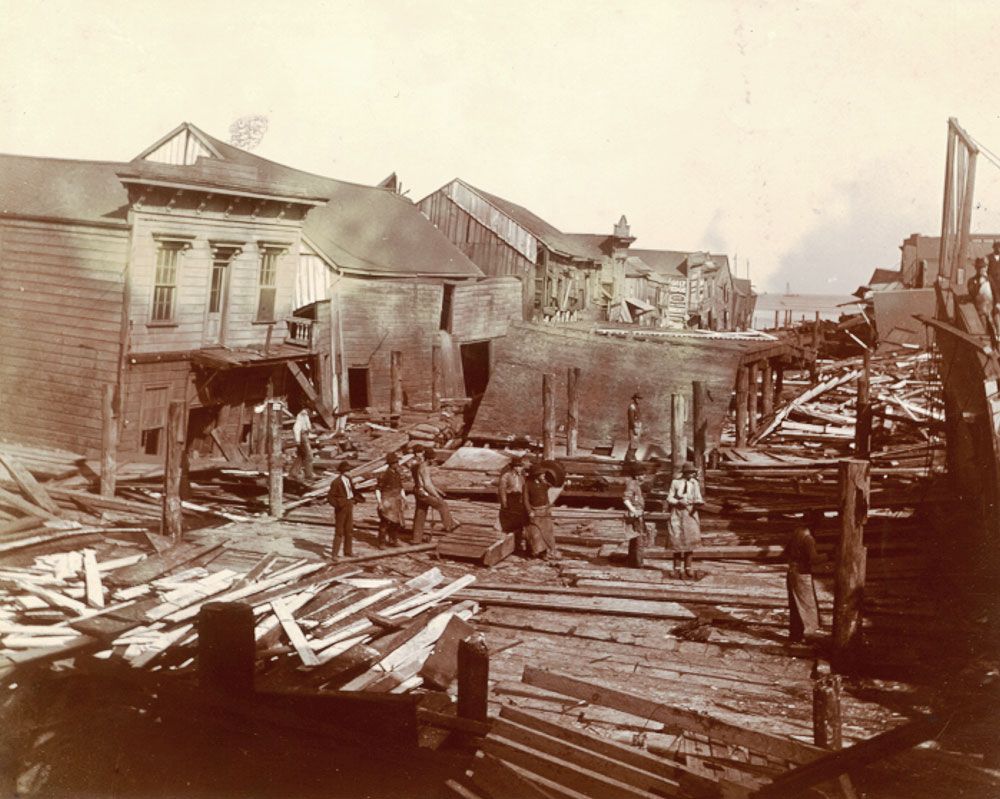
Butchertown is gone. There are some good stretches of old houses on Hudson Avenue, but most of the original neighborhood of cottages, abattoirs, and tanneries is now replaced by warehouses and newer housing developments.
But George Lengeman’s photographs survive and hopefully will do so long after our small group of historians has not. Gary Stark has posted some on his excellent Cliff House Project website and I've shared a number in books I've written and on the Western Neighborhood Project's website. Certainly expect to see more of George Lengeman's photographs in future San Francisco Story posts.
After scanning everything for our own research and personal use, our group recouped some of our outlay by selling the collection (at a discount) to the library of the Society of California Pioneers. There, we expect, George's photographs will be conserved and available for future researchers and history fans to enjoy.
Great thanks to Art Bradley, John Freeman, John Hall, Zoe Heimdal, Bob Holloway, John Martini, Gary Stark, Christine Miller, and the late, beloved Tom Bratton for saving a piece a San Francisco history with me 16 years ago!

